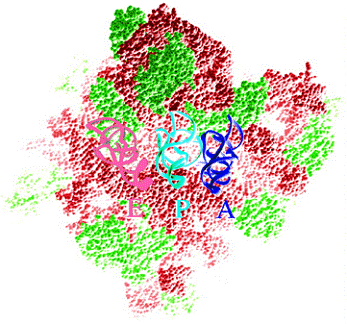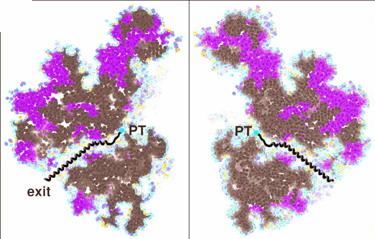


 Small Subunit S30
Small Subunit S30












| 1st position | 2nd position |
3rd position |
|||
| (5' end)--> |
|
C |
A |
G | (3' end)--> |
| |
Phe Phe Leu Leu |
Ser Ser Ser Ser |
Tyr Tyr STOP STOP |
Cys Cys STOP SelenoCys Trp Mitochondria Trp |
C A G |
| C | Leu Leu Leu Leu |
Pro Pro Pro Pro |
His His Gln Gln |
Arg Arg Arg Arg |
C A G |
| A | Ile Ile Ile Met init |
Thr Thr Thr Thr |
Asn Asn Lys Lys |
Ser Ser Arg Arg |
C A G |
| G | Val Val Val Val |
Ala Ala Ala Ala |
Asp Asp Glu Glu |
Gly Gly Gly Gly |
C A G |




 3’ 5’
3’ 5’






 30S•IF1•IF2•IF3
30S•IF1•IF2•IF3 
 mRNA
mRNA  5’
5’ mRNA
mRNA
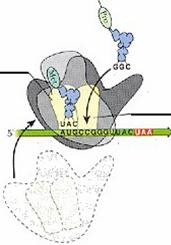














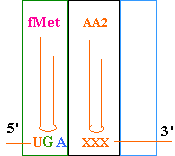

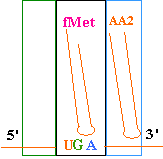
 <---
<---
 C
C







 mRNA 5'
mRNA 5' Þ
Þ
